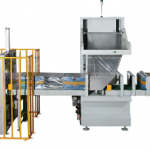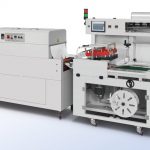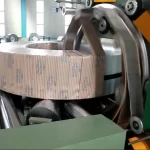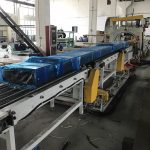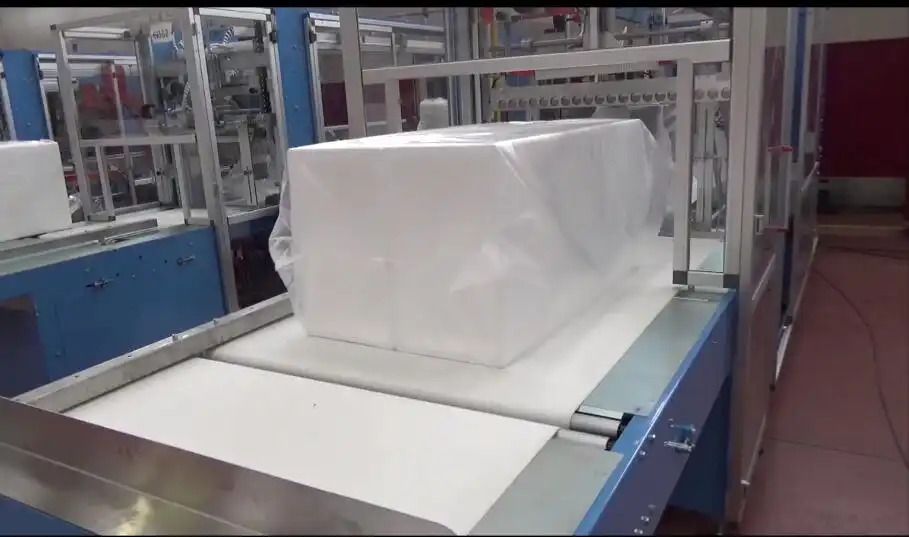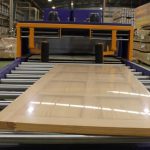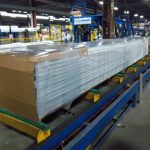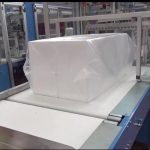Automatic sealing and shrinking machine for timber-profile-section
The Definitive Guide to Designing an Automatic Timber Sealing and Shrink Wrapping Machine
Handling raw timber sections requires durable and precise equipment. An automatic timber sealing and shrinking machine protects wood from damage and weathering during storage and transport. It employs heat sealers and shrink film to provide an airtight barrier around profiles of any size or shape.
When building an automatic timber sealing machine, use heavy-gauge steel and high-temperature components. Frames, rollers, carriages and sealers must withstand impacts from irregularly shaped timber sections weighing up to 10 tons each without warping or wearing out. All parts must operate continuously at 300-500 F.
Powerful yet controlled section feeding is important for efficiency and preventing jams. Options include vibratory feeders, roller conveyors, grippers and manipulators. Ensure there is enough vibration force or roller pressure to move sections, but also finesse to align them properly under the sealer.
High-volume heat sealers require high wattages, at least 10-30 kW, to rapidly heat seal shrink film around sections. Band sealers, impulse sealers, and hot air sealers can work for different profile widths and thicknesses. Include temperature controls, timers and pressure sensors for quality seals.
Shrink tunnels with high-powered hot air blowers help shrink wrap and ensure an air-tight seal. Blowers should produce at least 10-30 kW and 1000-1500 CFM of airflow. Include temperature controls and timers to optimize shrinkage for best results.
Safety mechanisms prevent injury and equipment damage. Install light curtains, emergency stops, overload sensors, temperature controls, fans and fire extinguishers. Mandatory for any timber sealing equipment.
Anchored stationary frame or wheeled base allows positioning the machine in different locations as needed. Welded steel frames can bolt sections of track or wheeled bases for easy rolling to wherever timber profiles will feed into the system.
Programmability streamlines the process. PLCs and variable frequency drives automate the motion and heating controls for efficiently cycling the machine. They coordinate components like section feeders, sealers, shrink tunnels, quenchers and conveyors.
With durable construction, powerful yet controlled section feeding, high-volume heat sealers and shrink tunnels, safety features, an adjustable base, and automated programmability, an automatic timber sealing and shrinking machine can efficiently and precisely protect profiles of any size.
